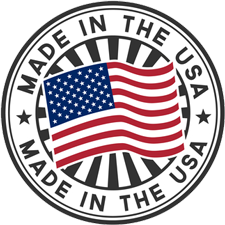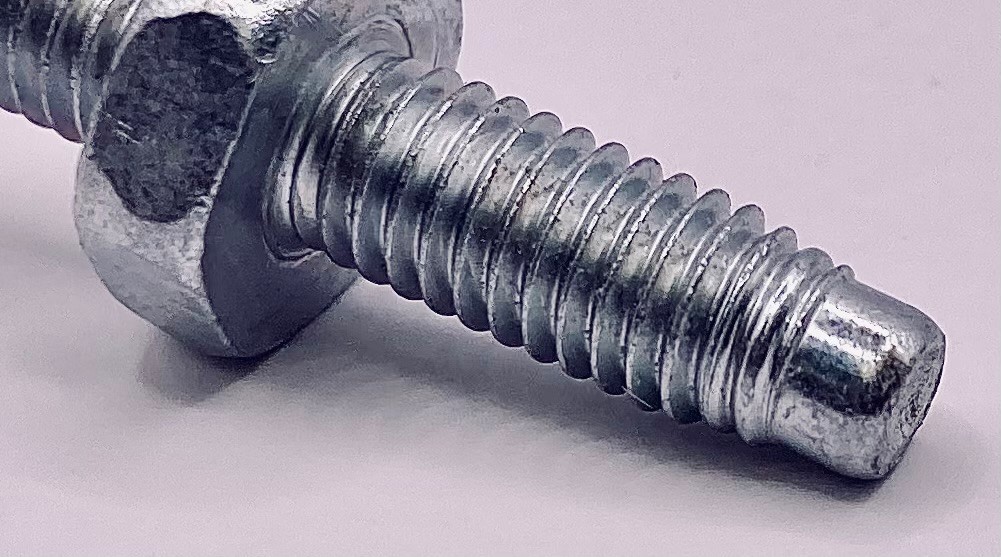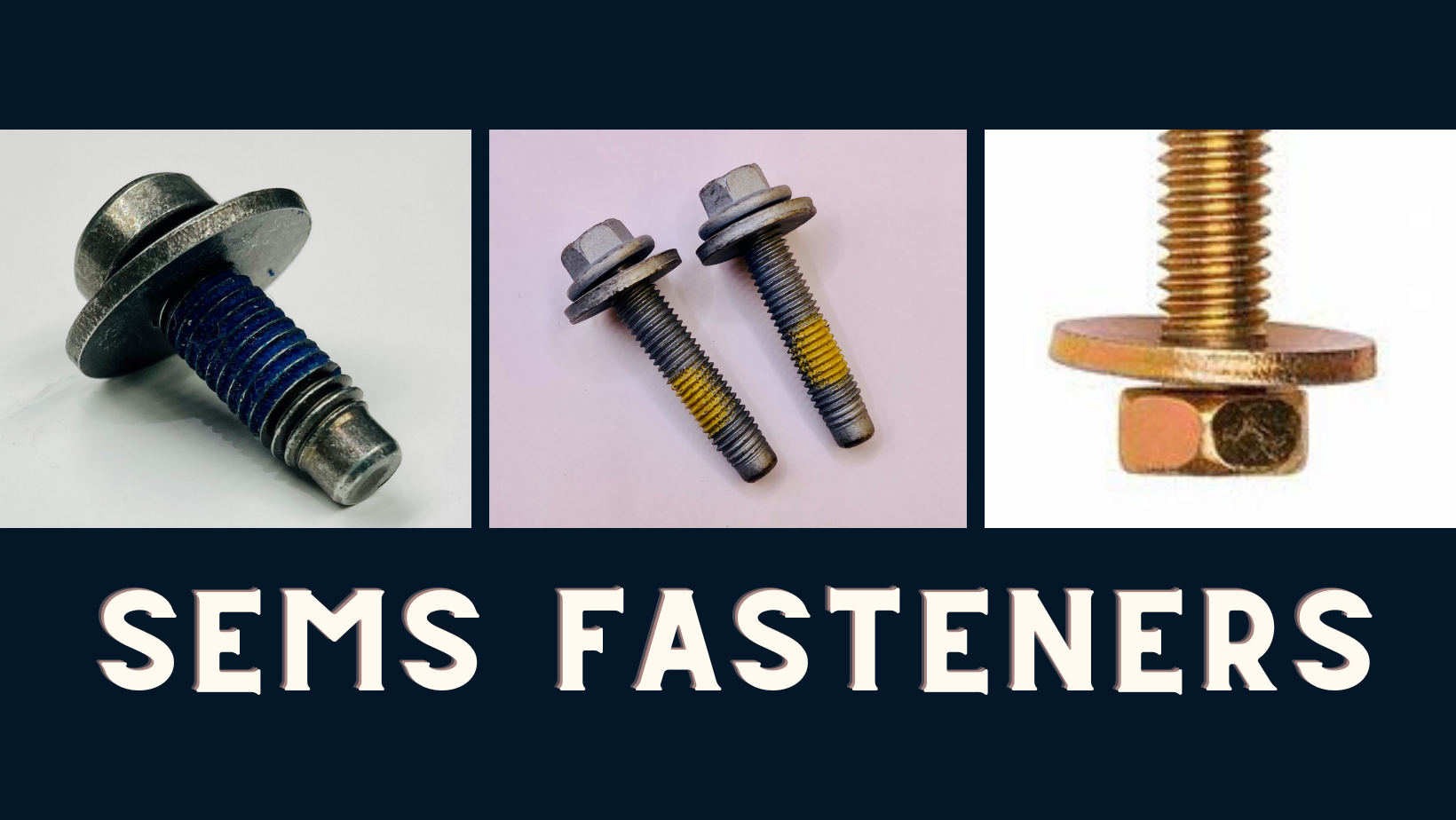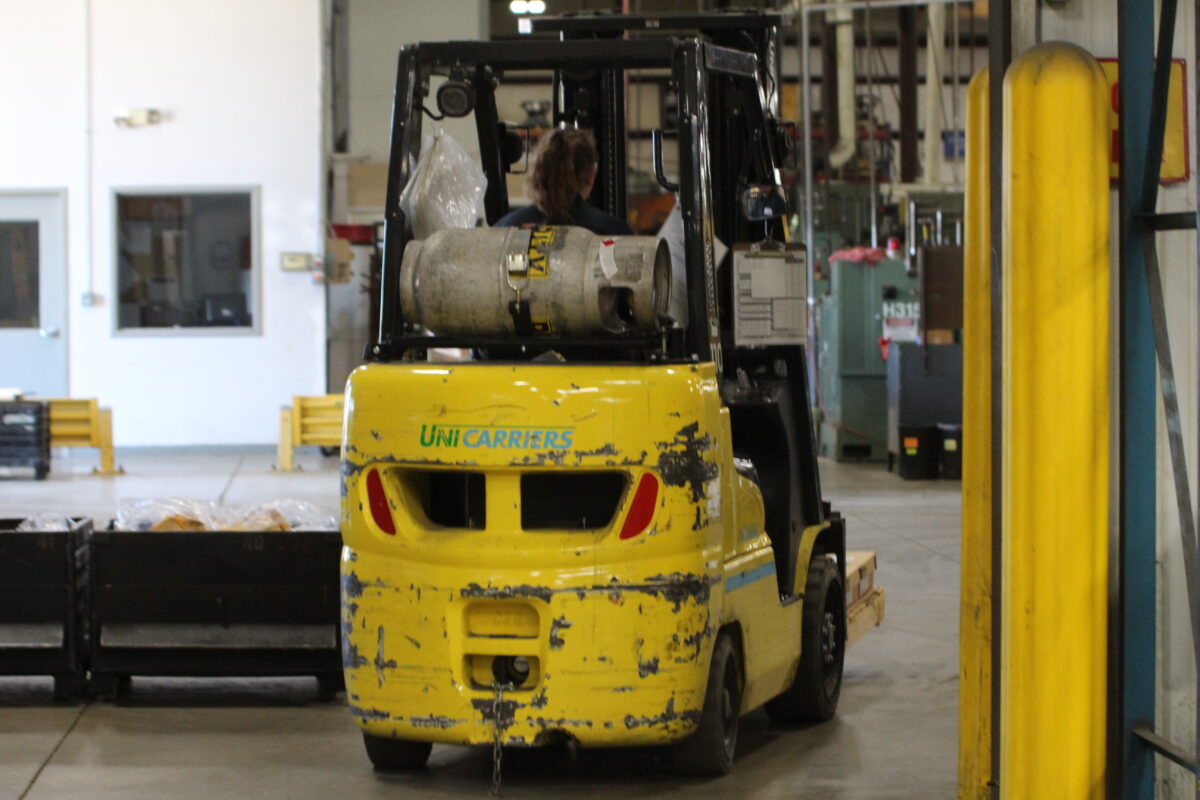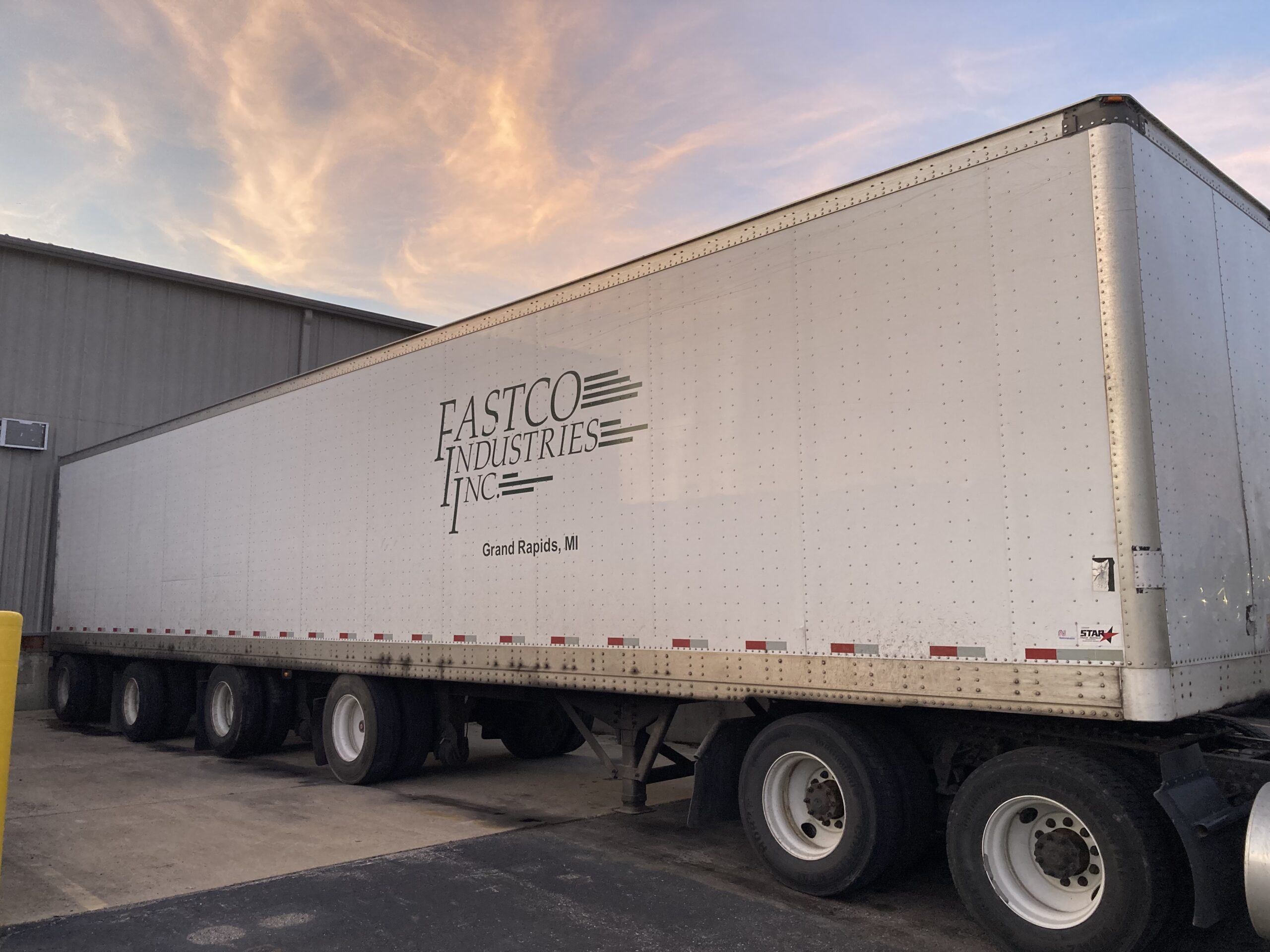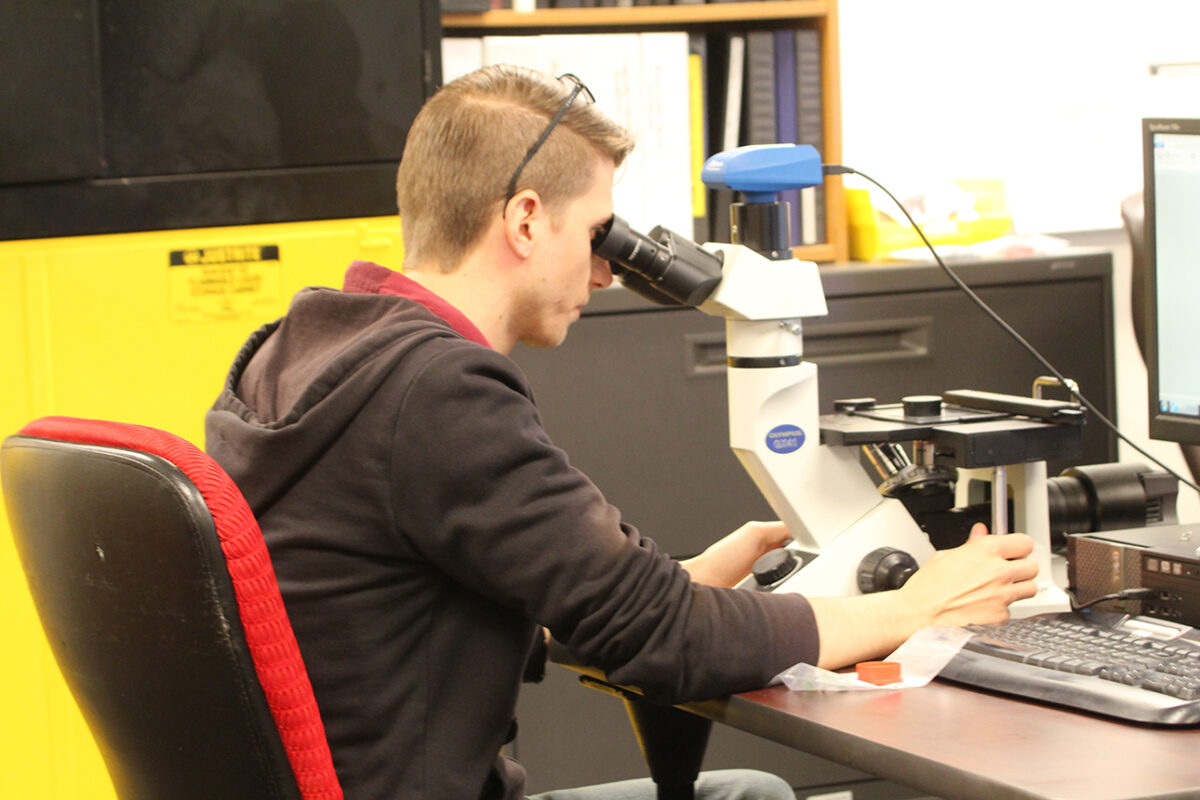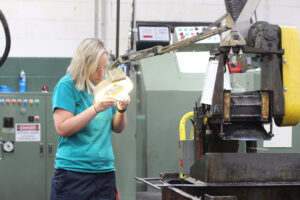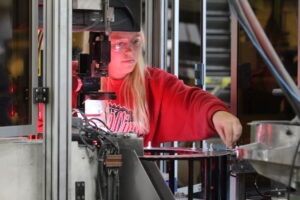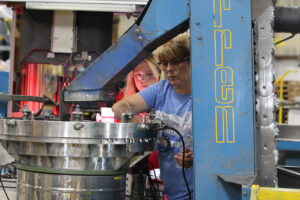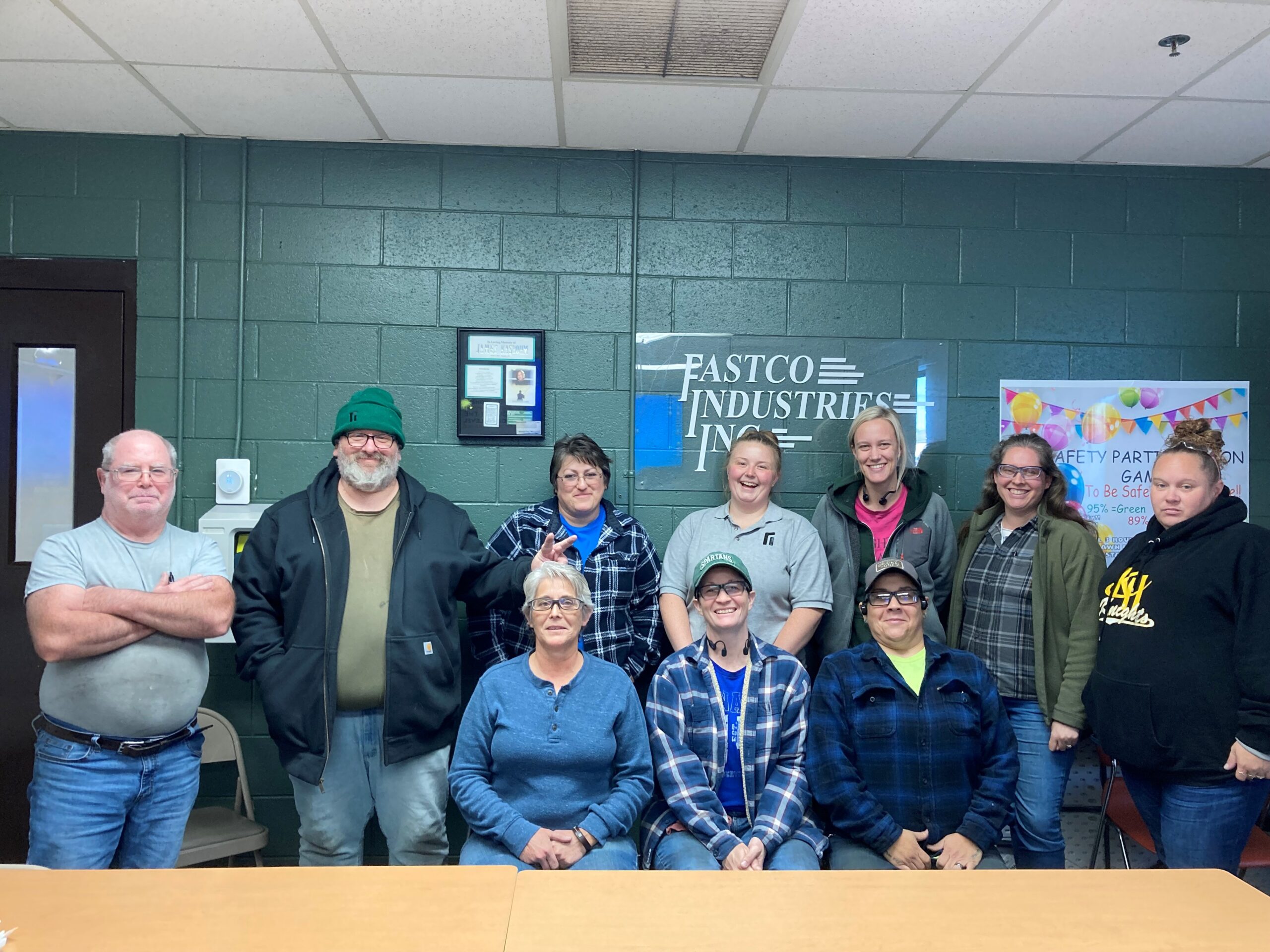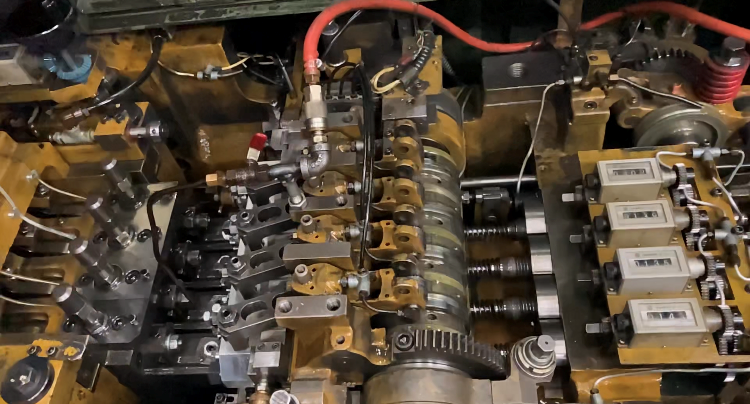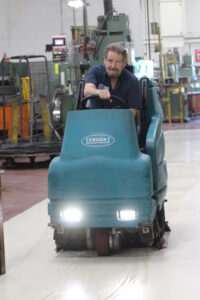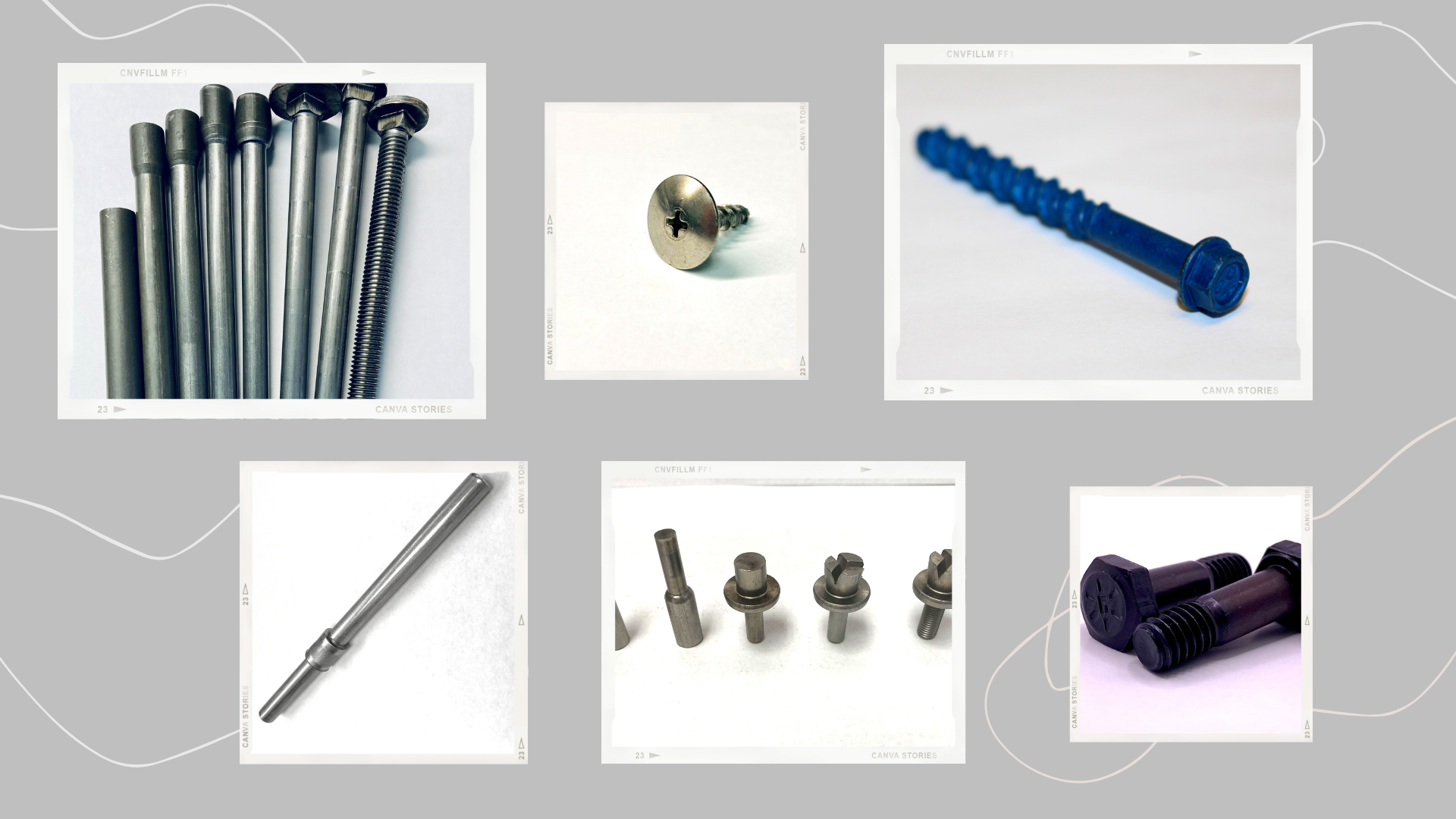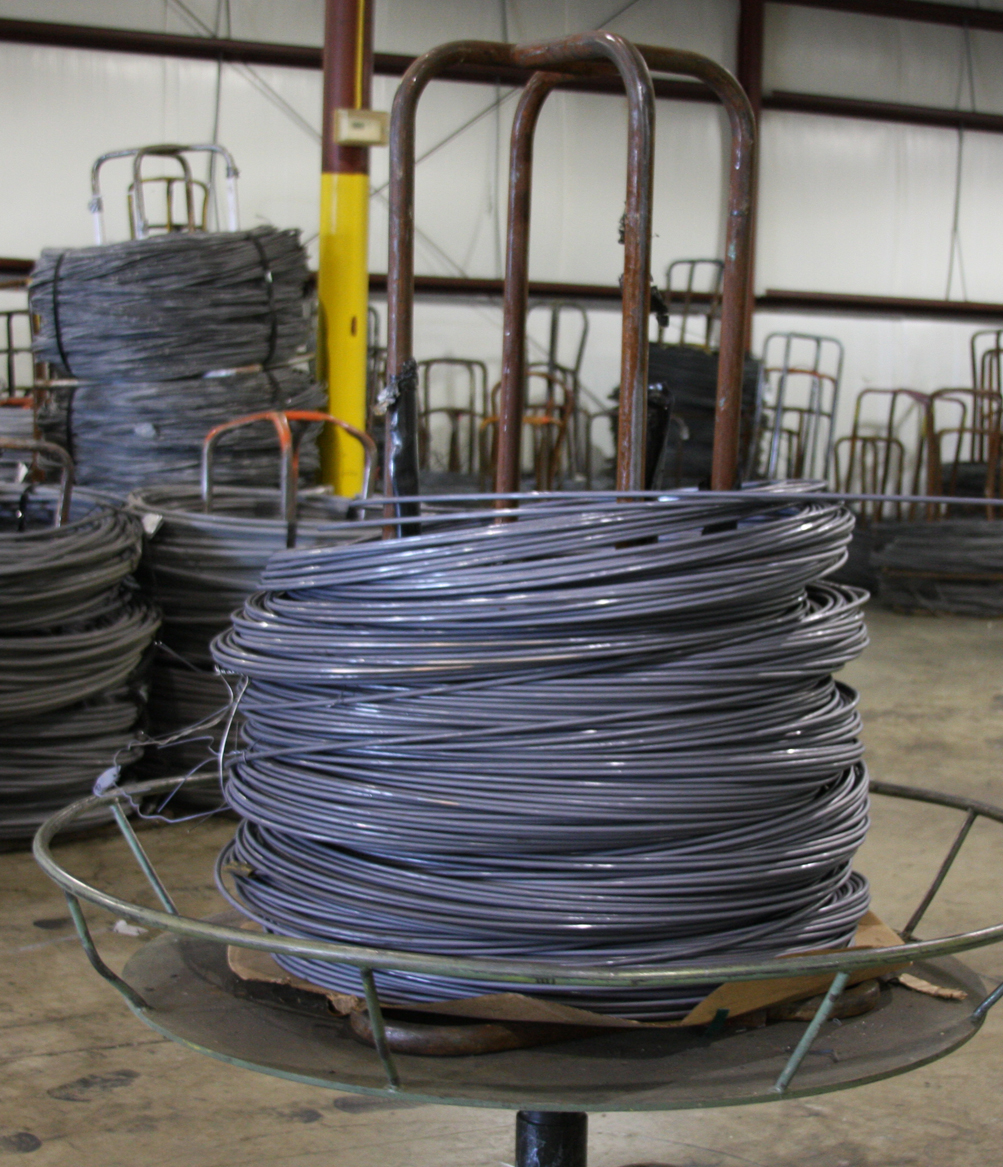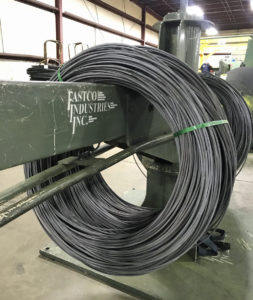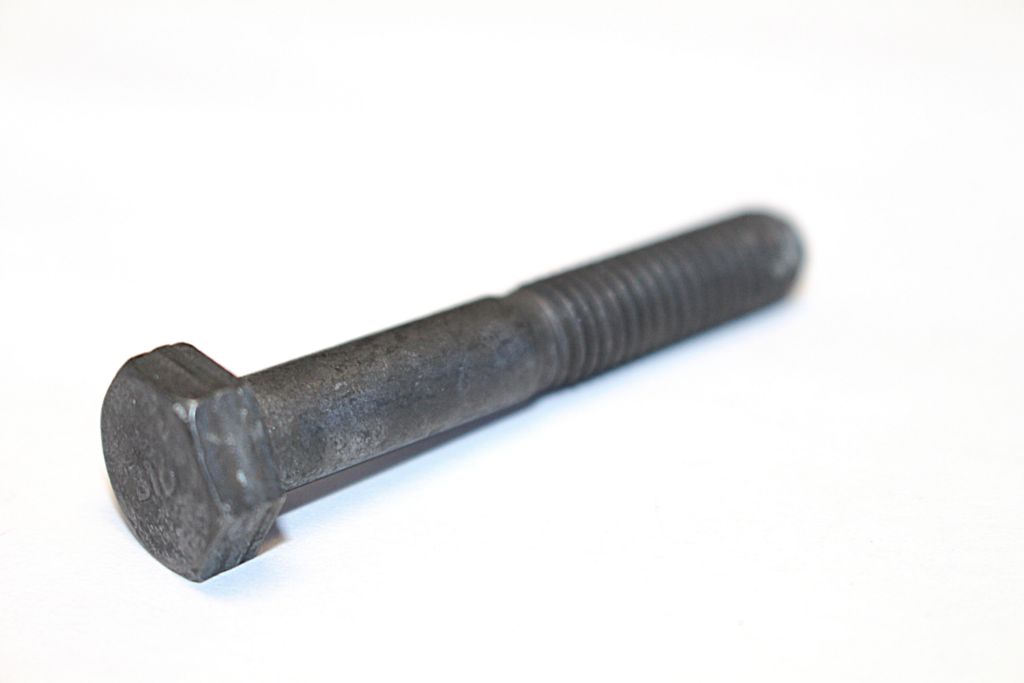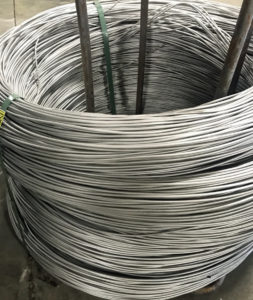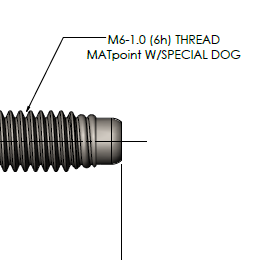Sales at Fastco
At Fastco, the Sales team doesn’t just sell parts; we perform a wide variety of tasks, from marketing & advertising, to quoting new business, to managing the sample process, to handling price increases and general customer relationship management for established customers. Managing customer relationships is a broad and ongoing job. It requires us to work closely with numerous other departments.
As a customer-centered department, Sales has a high-level of visibility at Fastco and a big impact on the company’s success. Every person in Sales has to understand how their job affects the company as a whole, looking up and downstream to see how tasks fit into the big picture. We are constantly working to improve our processes and are all very self-critical and self-sufficient workers.

Hard Work, Team Work
In 2022, our team set an aggressive goal for new business awards and we blew it out of the water. Of course, it wasn’t just the Sales team that made this happen. Engineering, Customer Service, Manufacturing, Finance, and Purchasing all work to help Fastco win new work to varying degrees. And certainly, winning work and keeping customers happy depends on the work of every single team member at Fastco.
That being said, Sales should be given a lot of credit for the ongoing success in new business awards. It speaks to a highly motivated team who doggedly pursues new work and does our best to keep our customer’s coming back for more parts.
Interested in learning more about what Fastco does and how our sales team can help you? Request a quote from us or give us call at 616-453-5428.


